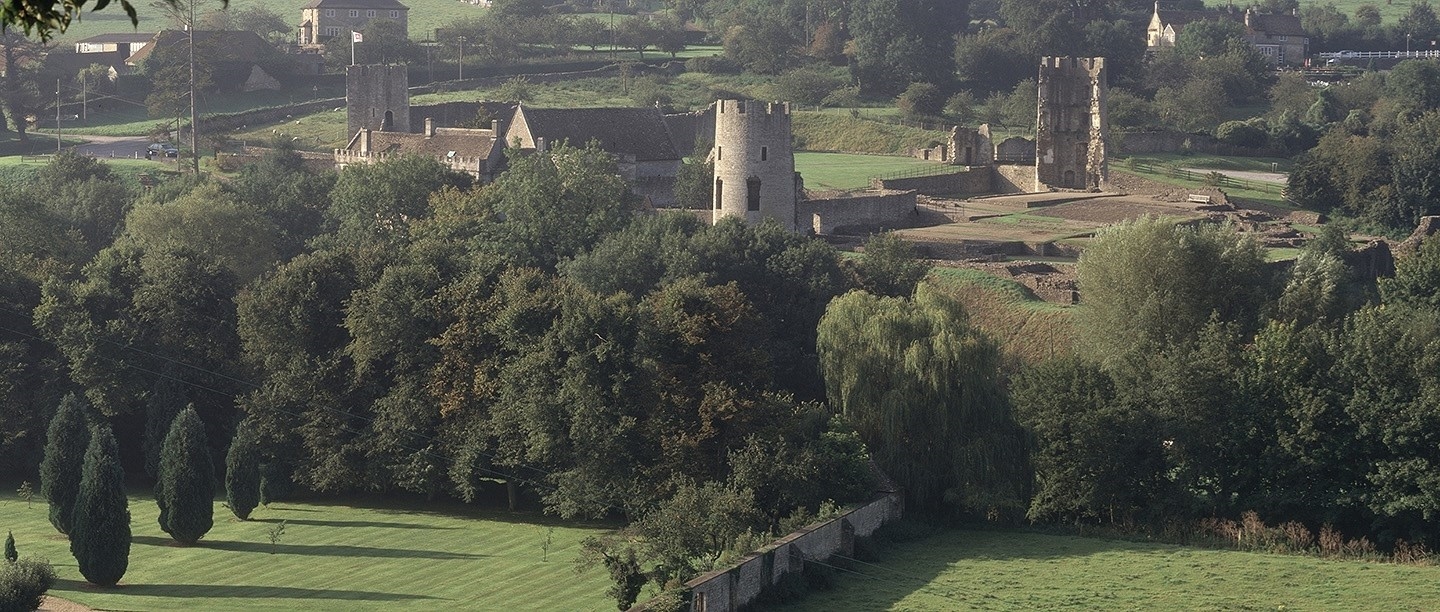Rise to Power
Walter Hungerford inherited Farleigh Hungerford Castle in 1523, when he was 20 years old. He became an attendant in Henry VIII’s household and then went through a quick succession of marriages. He married his third wife, Elizabeth Hussey, in 1532.
Elizabeth was the daughter of Lord Hussey, who recommended his new son-in-law to Henry VIII’s increasingly influential minister, Thomas Cromwell. Hungerford’s connections with Cromwell proved extremely fruitful: in 1536 Cromwell bestowed upon Walter the title Lord Hungerford of Heytesbury.
Find out more about Farleigh HungerfordAbusive Husband
While Walter had power and influence, he was also cruel and abusive. He locked Elizabeth in a tower at Farleigh Hungerford, starved her and repeatedly tried to poison her. A letter smuggled out to Cromwell detailed how she had had to resort to drinking her own urine to survive, describing how she had been:
Continually locked in one of my Lord’s towers of his castle in Hungerford as I have been these three or four years past without comfort of any creature, and under the custody of my lord’s chaplain … which has once or twice heretofore poisoned me … I have none other meat nor drink but such as cometh from the said priest … I have … drank … my own water, or else I should die for lack of sustenance.
Elizabeth asked Cromwell to bring divorce proceedings against her husband, writing that ‘I may sooner object such matters against him with many other detestable and urgent causes, than he can against me, if I would express them, as he well knoweth.’
Elizabeth’s words here possibly allude to homosexual activity by her husband. Yet despite the seriousness of this charge and Hungerford’s cruelty towards his wife, Cromwell seemingly took no notice of this letter. Hungerford was in attendance at the baptism of Prince Edward (later Edward VI), the funeral of Edward’s mother, Jane Seymour, and the reception held for Henry’s fourth wife, Anne of Cleves.
Fall from Grace
Hungerford’s fortunes changed dramatically in 1540, when his association with Thomas Cromwell proved to be his downfall. Cromwell was arrested for treason in June 1540. At the same time, the Privy Council began to investigate the rumours surrounding Hungerford’s treatment of his wife.
In addition to this abuse, Hungerford was accused of three further crimes. The first was employing a priest who had publicly denounced Henry VIII as a heretic. The second was employing another priest, a ‘doctor’ and a ‘witch’, to predict when the king would die. The third was committing ‘unnatural acts’ outlawed by the ‘Buggery Act’. Hungerford was arrested in the summer of 1540. According to court records, he was accused of being:
Replete with innumerable, detestable and abominable vices and wretchedness of living … and hath accustomably exercised, frequented, and used the abominable and detestable vice and sin of buggery with William Master, Thomas Smith and other of his servants.
Hungerford was beheaded on the same day as Thomas Cromwell on Tower Hill on 28 July 1540. Their heads were mounted on spikes and displayed on London Bridge.
Buggery Charges
Hungerford was the only man accused of buggery to be executed in the Tudor period. It has been suggested that this charge was tacked on to the others to humiliate him and add more weight to the case against him. This seems plausible, as it appears that in the Tudor period offences associated with sex were not a high priority, and there are few accounts of anyone being charged solely with the act of buggery. It was probably treason that cost him his head, and with him died his title and his family’s ownership of Farleigh Hungerford Castle.
Find out more
-
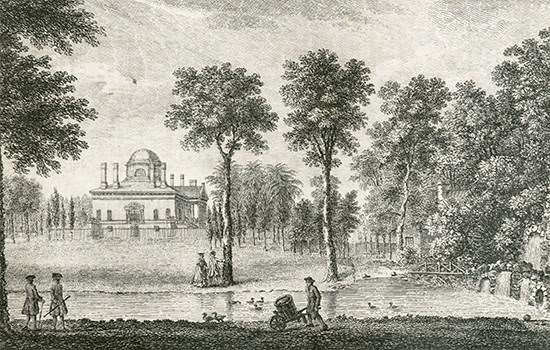
'Romantic female friendship' and Chiswick House
Explore the life of Georgiana, Duchess of Devonshire, and the fashion for ‘romantic female friendships’ in 18th-century England.
-
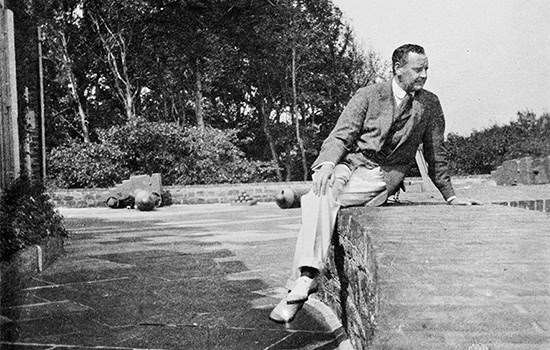
Lord Beauchamp, Walmer Castle and Homosexuality
William Lygon, Lord Beauchamp, was a known homosexual in the 1920s and 1930s, leading to a dramatic fall from grace. Read more about the man whose misfortunes inspired Evelyn Waugh’s ‘Brideshead Revisited’.
-
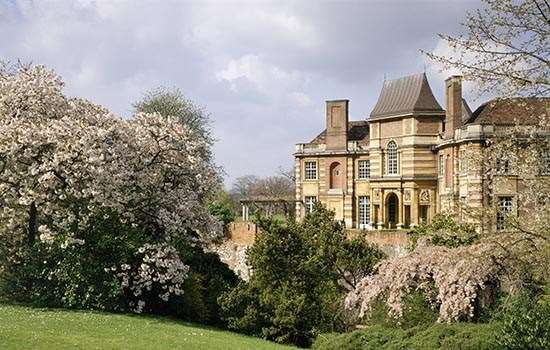
Seely and paget at Eltham Palace
Discover the story of John Seely and Paul Paget, who ran one of the most noteworthy architectural firms of the interwar period, and completed their masterpiece at Eltham Palace in 1936.
-
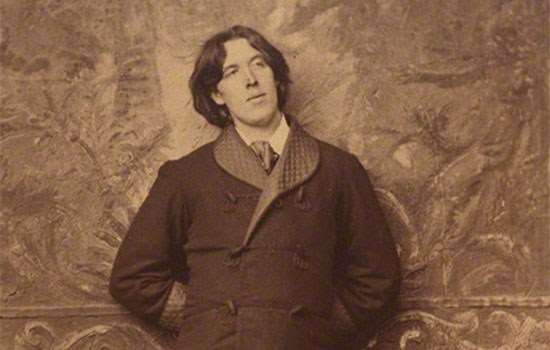
London Pride: LGBTQ Blue Plaques
Discover the stories behind some of London’s famous LGBTQ residents, honoured today with a Blue Plaque, and how many of them challenged public perceptions of gender and sexuality.
